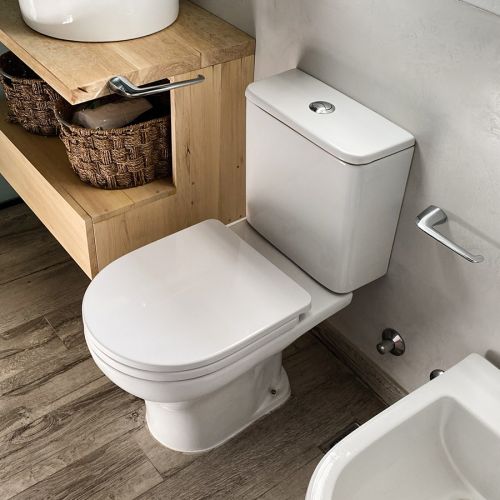Toilets are an essential fixture in every home, yet many people take their functionality for granted. Understanding how toilets work can help homeowners troubleshoot issues, perform maintenance, and even appreciate the engineering behind this everyday convenience. This article delves into the technical aspects of toilet plumbing, explaining the mechanisms that make toilets function efficiently.
The Basic Components of Toilets
Toilets consist of several key components that work together to ensure proper operation. The main parts include the toilet bowl, tank, flush valve, fill valve, and the trapway. Each component plays a vital role in the overall functionality of toilets.
The toilet bowl is the part where waste is deposited. It is designed with a specific shape to facilitate the movement of water and waste. The bowl contains a siphon, which is crucial for the flushing process. When the toilet is flushed, water rushes into the bowl, creating a siphoning effect that pulls waste down the drain.
The toilet tank is located at the back of the toilet and holds water until it is needed for flushing. Inside the tank, you’ll find the flush valve and the fill valve. The flush valve releases water from the tank into the bowl when the toilet is flushed, while the fill valve controls the water flow into the tank after a flush.
The flush valve is a critical component of toilets. When you press the flush handle or button, it lifts the flapper (or flush valve) inside the tank, allowing water to flow from the tank into the bowl. This sudden rush of water creates the necessary force to push waste through the trapway and into the plumbing system.
After flushing, the fill valve allows water to refill the tank. It is connected to the water supply line and uses a float mechanism to regulate the water level in the tank. When the water level drops below a certain point, the fill valve opens, allowing water to flow in until it reaches the optimal level, at which point the valve closes.
The trapway is the curved pipe that connects the toilet bowl to the drain line. Its design prevents sewer gases from entering the home while allowing waste to be flushed away. The trapway also creates a siphon effect, which is essential for the flushing process.

The Flushing Process
Now that we understand the components of toilets, let’s explore the flushing process in detail. When you flush a toilet, the following steps occur:
1. Activation: When the flush handle is pressed, it lifts the flapper on the flush valve.
2. Water Release: Water from the tank rushes into the bowl, creating a powerful flow that pushes waste down the trapway.
3. Siphoning Action: The shape of the bowl and the trapway work together to create a siphoning effect, which pulls the waste and water down into the drain.
4. Refill: After the flush, the flapper closes, and the fill valve opens to refill the tank with water.
Common Issues with Toilets
Understanding how toilets work can also help homeowners identify and resolve common issues. One frequent problem is a running toilet, which occurs when water continuously flows into the bowl. This issue is often caused by a faulty flapper that doesn’t seal properly. To fix this, check the flapper for wear and replace it if necessary.
Clogs are another common issue with toilets. They can occur due to excessive waste or foreign objects being flushed. To resolve a clog, use a plunger or a toilet auger to break up the blockage and restore proper flow.
If toilets are not flushing effectively, it may be due to low water levels in the tank or a malfunctioning flush valve. Check the water level and adjust it if necessary. If the flush valve is not sealing properly, it may need to be replaced.
Noisy toilets can be caused by various factors, including a malfunctioning fill valve or water hammer. To reduce noise, check the fill valve and consider installing a water hammer arrestor if necessary.
Conclusion
Toilets are complex devices that rely on a series of interconnected components to function properly. By understanding how toilets work, homeowners can troubleshoot issues, perform maintenance, and appreciate the engineering that goes into these essential fixtures. Whether dealing with a clogged toilet or simply wanting to know more about the mechanics behind it, knowledge is key to ensuring that toilets remain in good working order. Proper care and understanding of how toilets operate can lead to a more efficient and pleasant bathroom experience.
If you liked this information, we invite you to continue learning about plumbing in our potable water article where you will learn more about domestic plumbing systems.



0 Comments